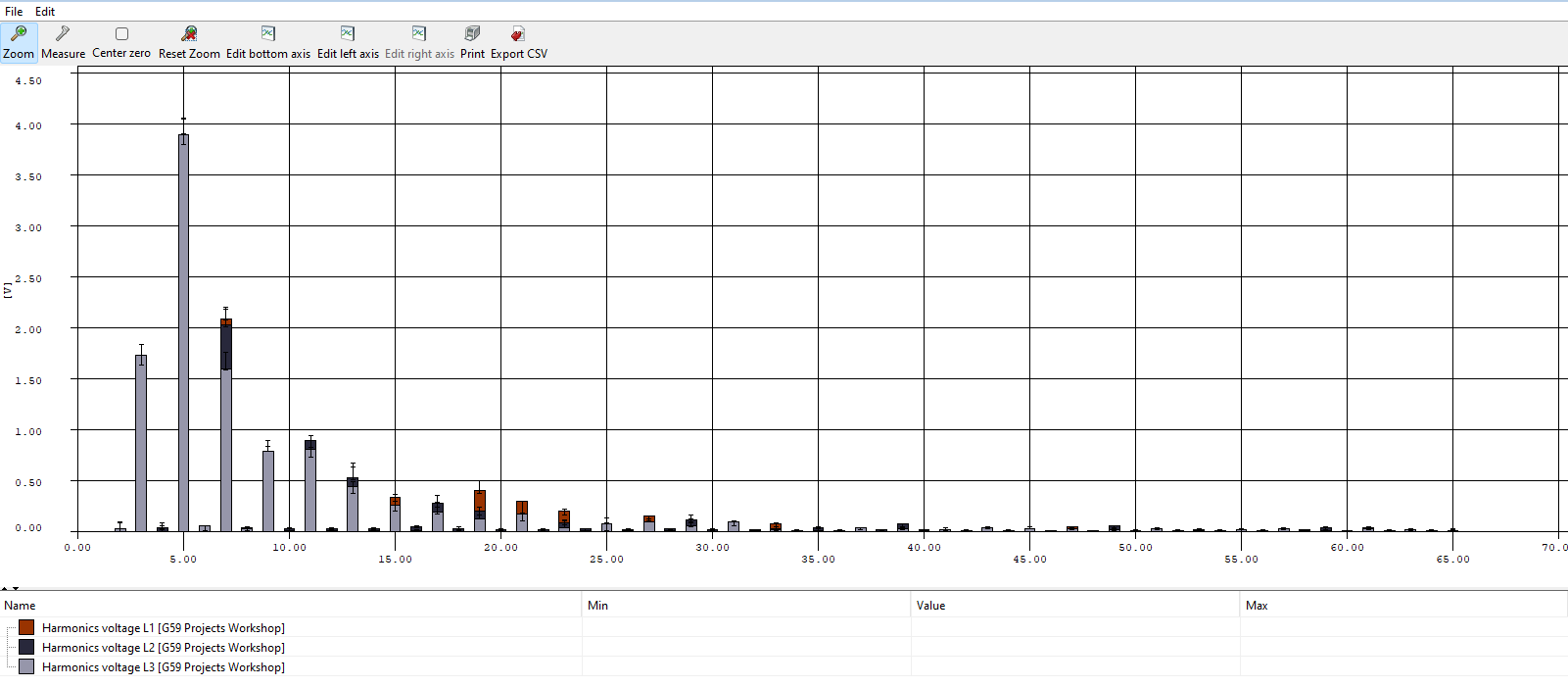
Power Quality
Analyser Panels
Ideal For Monitoring Harmonics
Valuable Solutions
Enhancing Power Management
We are thrilled to introduce our newest product at G59 Projects: the Power Quality Monitoring Panel. This cutting-edge addition to our range provides our clients with a valuable solution for monitoring power quality, enabling you to identify potential areas for efficiency savings and address any issues before they escalate.
Cutting-Edge Technology
An Exceptional Monitoring Service
One of the standout features of this panel is its ability to offer Harmonic monitoring up to the 65th Harmonic, making it ideal for sites considering large-scale PV Generation installations. Our panel includes Harmonic Study solutions essential for compliance with DNO requirements. With a monthly subscription, we offer a comprehensive report every quarter, keeping you informed and prepared to maximise savings and mitigate risks.
Beyond providing detailed reports, we offer proactive support by our engineering team to develop tailored solutions for any identified issues, such as Harmonic disturbances. Additionally, the panel monitors full-wave events, residual currents, DC measurements, cable temperatures, ensuring a comprehensive monitoring solution.
Ensures DNO Compliance
Bespoke For your requirements
Key Features of our panel include:
DC Measurements
Quarterly Reporting and Real Time Monitoring
User Friendly Display
IEC 6100-4-30 Class S Flicker, Interharmonics and other standard compliant measured values for EN 50160 and IEEE519
Harmonic Monitoring up to the 65th Harmonic
Over Current Monitoring
Undervoltage Monitoring
Residual Current Monitoring
Full-wave events and RMS values with a resolution of 20ms
Suitable for TT,TN and IT Networks
Our Power Quality Monitoring Panel comes equipped with Rogowski Coil CTs, simplifying installation with everything pre-set and ready to go, along with a 4G Router with Data Sim included. Suitable for LV systems, HV networks, multiple transformers, and DNO networks, these units cater to various installation requirements.


